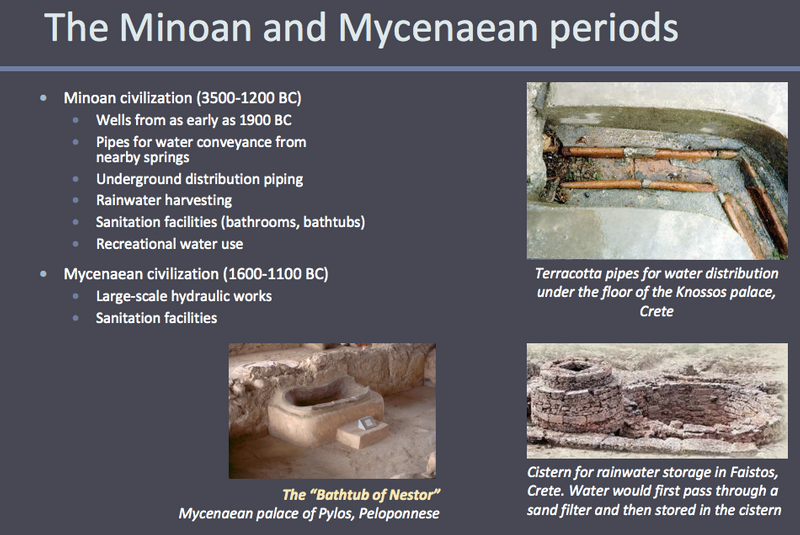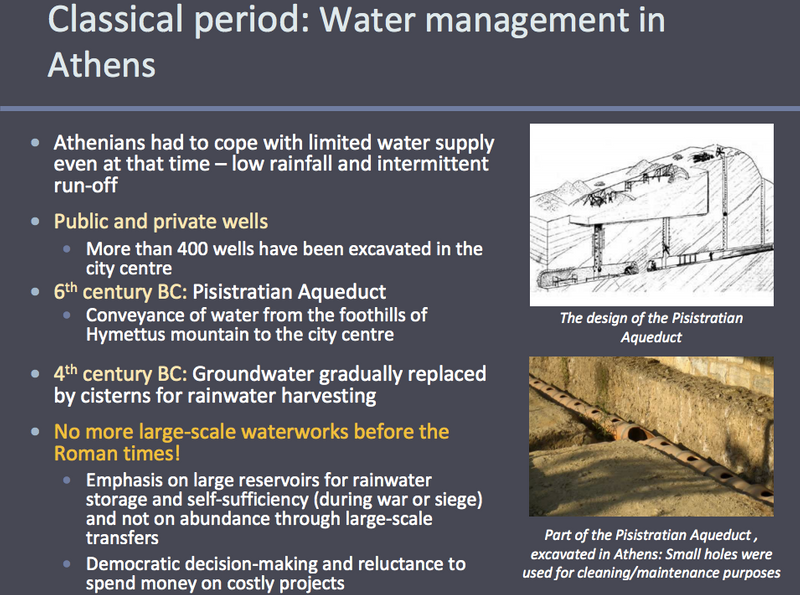Minoan & Mycenaean water infrastructure
Collection of resources on water infrastructure from the Minoan & Mycenaean civilizations of Crete
See PDF for more
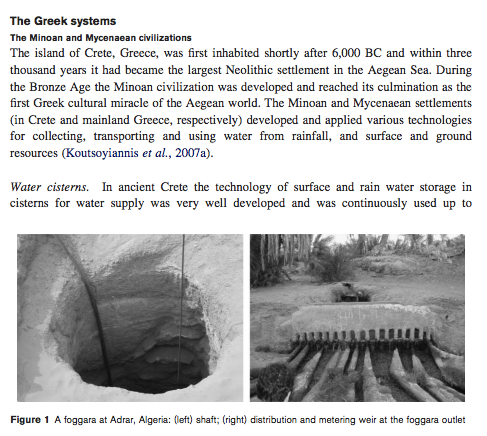
Historical Aspects of Urban Water Systems
Amateur water infra pics
Sewer History: Minoan Civilization
The Minoan civilization flourished on the Isle of Crete in the Mediterranean from 3000 to 100 BCE. Until Roman times, Minoan plumbing and drainage were the most developed in what was then the Western World. Complex open-topped drainage systems carried storm water and sewage. Crete may be the home of the first “flush” toilet — a ground-floor latrine with an overhead water reservoir.
Evolution of Water Supply thru Millennia
Finally, it is worth mentioning an impressive feature of the Minoan palaces: their famous, four-thousand-year-old drainage systems. These are stone structures with running water used to flush the lavatories in various rooms. Stone ducts also formed drains which led rainwater from the courts outside the palaces, to eliminate the risk of flooding. Finally, clay ducts which fitted into each other distributed clean drinking water throughout the palace. The water was piped down from often remote springs, along extensive stone aqueducts.This pottery duct is made of a male and a female part that slot into one another, creating a watertight seal. Clay ducts were used in Crete until the mid-20th century. Water was transferred to Knossos along a ten-kilometre-long aqueduct from the Archanes springs.
Minoan Crete: KnossosNear the Hall of the Double Axes is the Dolphin Sanctuary, which Evans assigned as the Queen’s Apartment. The area takes its name from a Dolphin Fresco which was found here in pieces, although it probably fell from the floor above during the destruction of the palace. A replica of the fresco now adorns the north wall. A lustral basin adjoined the Dolphin Sanctuary and this area now contains a “bathtub” which was found some distance away and not in the lustral basin at all. Evans had some problems with bathrooms at Knossos. In the Throne Room, Evans could not accept that the sunken area was a bathroom as it was located only four metres from the throne so he decided it was a place of ritual purification. But here, in his royal apartments he was quite happy to interpret the lustral basin as an ordinary bathroom. Since there are a number of lustral basins dotted about Knossos, it seems rather likely that they were all used for the same purpose, which would exclude the use of this particular lustral basin as the queen’s bathroom
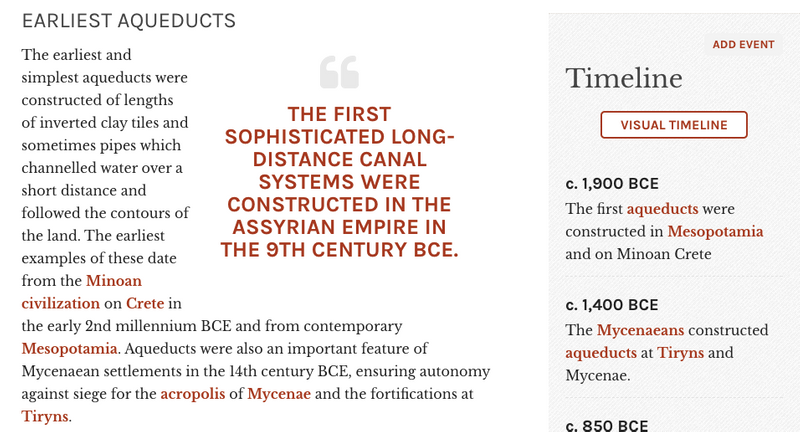
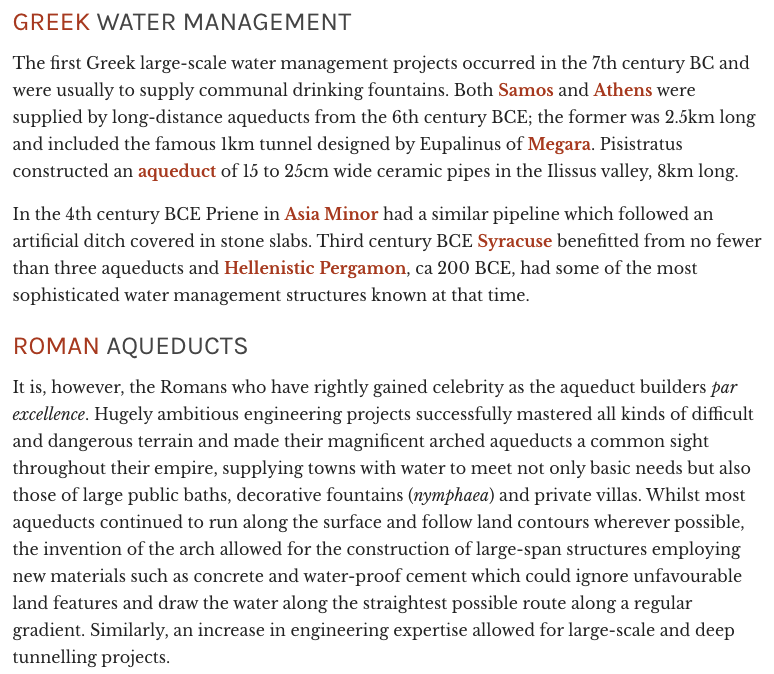
Wikipedia: History of Water Supply & Sanitation
Ancient Greek civilization
Water & Sanitation Services in Greece

